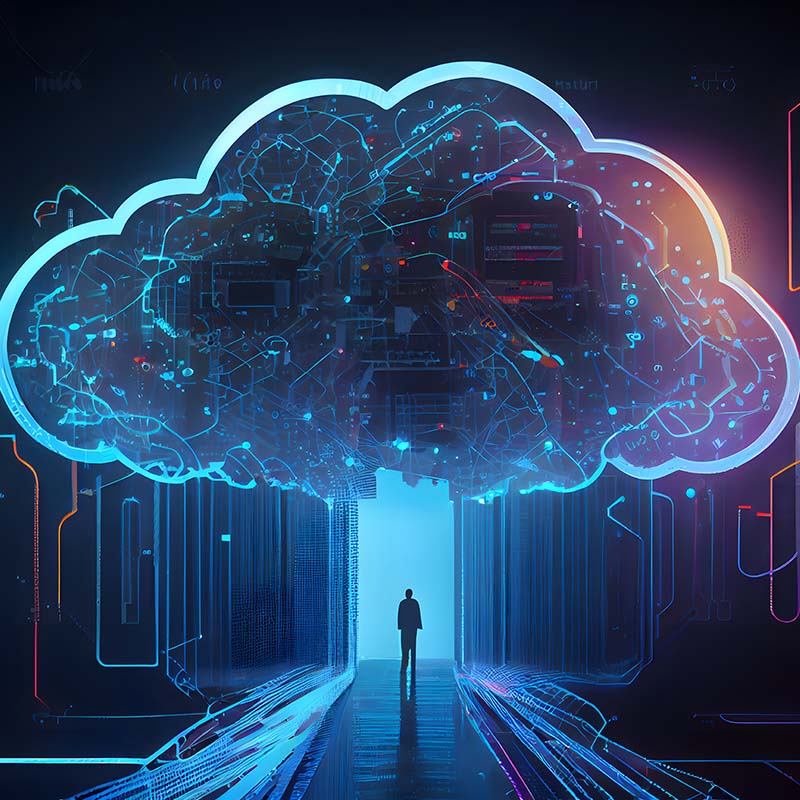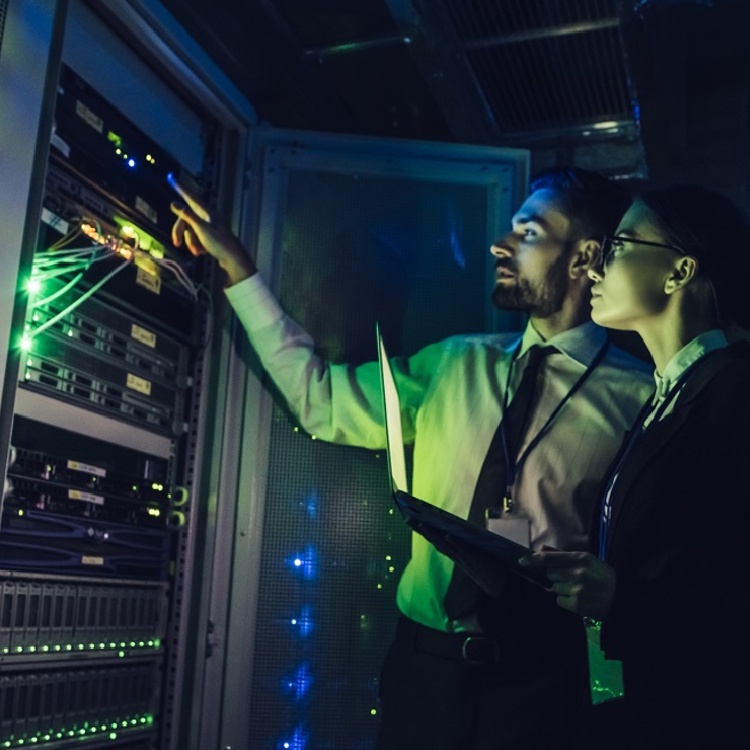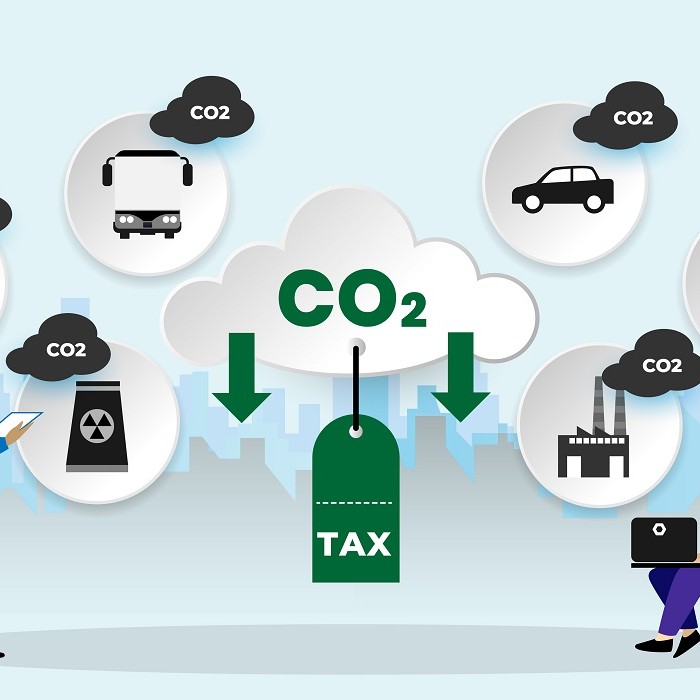Jason Lopez: One of the things Harmail watches as a date center goes online is whether the plan he had, which is the architecture, is robust enough. Can it hold up to the demands put on it. For his team, that's a global effort.
Harmail Singh Chatha: Under my umbrella, we've got about a dozen or so data centers around the world that my team and I are responsible for. We're working with all the major providers. Some of them are partners in what we do. And a lot of them are just, you know, where we're leveraging their, their real estate, their power efficiency, cooling efficiency to host our gear.
Jason Lopez: He began working in data centers in 2005 at a couple of e-commerce platforms and it turned out not to be just work… he had found his calling.
Harmail Singh Chatha: I started in my IT career just working in IT and just, you know, helping, helping people troubleshoot issues and stuff like that. And I got to go to my first data center by Mission College there was a data center there. I just fell in love with them. It was just like a very ah moment.
Jason Lopez: When he told us about cool data centers he'd like to visit we asked, well, how many have you walked through? 30?
Harmail Singh Chatha: Way more than that.Jason Lopez: 75?
Harmail Singh Chatha: I think I've been in probably 100-plus data centers.Jason Lopez: If you think about how many technologies since the 1990s have fired people up, not only in Silicon Valley but around the world: smartphones, IoT, peer-to-peer, cloud, virtualization, artificial intelligence, and the list could go on, they're brought to you by data centers.
Harmail Singh Chatha: I love the challenge of it, you know, to build these data centers out, to maintain these data centers and do some unique work that not everybody gets an opportunity to do. There's a limited number of football players and basketball players, there's a very limited number of people that actually operate data centers and get to be hands-on data centers and that's what really excites me.
Jason Lopez: We're in an era when data centers are becoming even more central to how the world works. Perhaps Hollywood goes overboard and doesn't get it right technically, but the movies are on to one thing: today's data centers are more than just a repository of rack-mounted gray server computers in the basement with a secure always on a mission.
Harmail Singh Chatha: That mindset is changing. Everything else is becoming more efficient. Compute is becoming more efficient. Data center providers are becoming more efficient. Everything is going to a software-defined network. The conversation started 10 years ago, but it's finally starting to come to fruition where networking is deployed as code servers are provisioned, as code instances are spun up as code. That's the mindset that everybody has to go into as they're going into this industry.
Jason Lopez: Harmail Chatha is the Director of global data center operations for Nutanix. This is one of three podcasts about him and his work at Nutanix. Check back at theforecastbynutanix.com for stories on data center sustainability as well as trends. This is the Tech Barometer podcast I'm Jason Lopez, thanks for listening. We've got an extensive library of written stories as well as podcasts, again, at www.theforecastbynutanix.com







